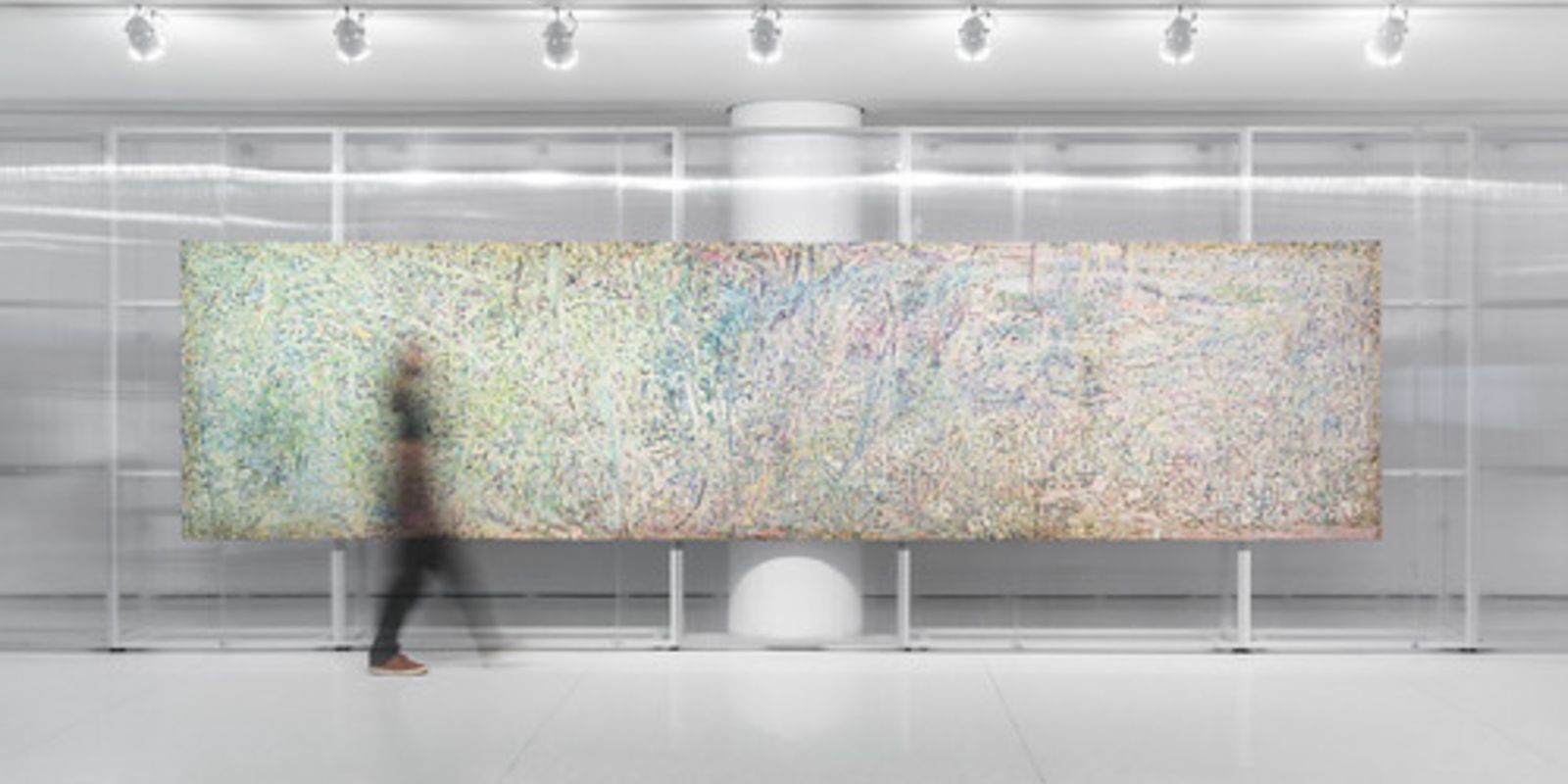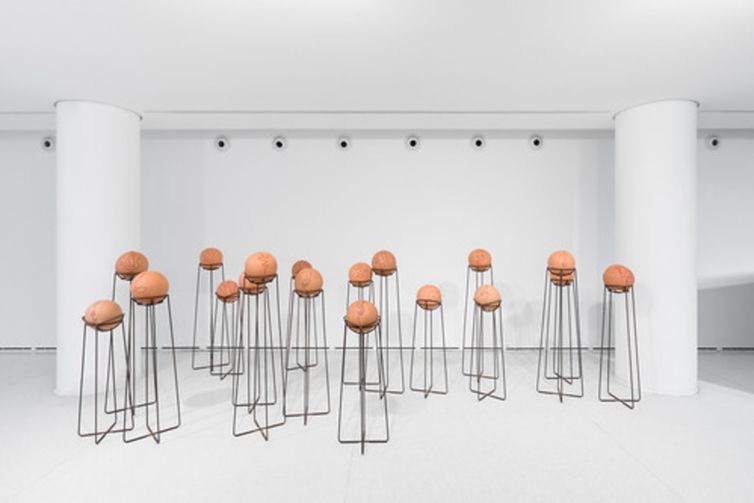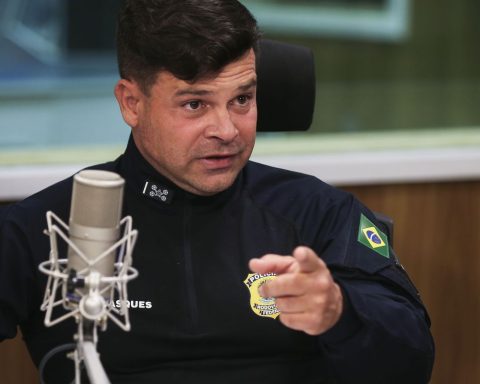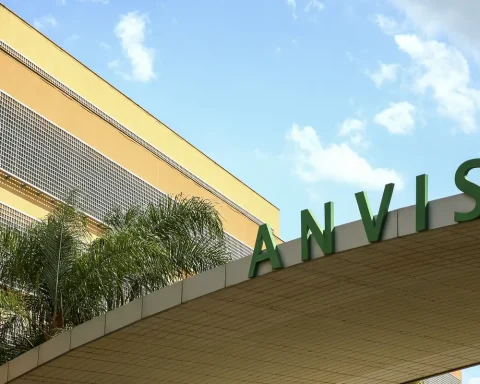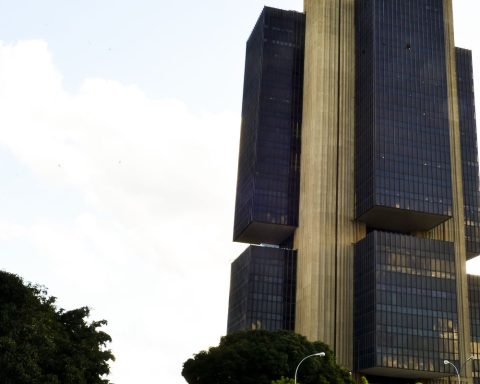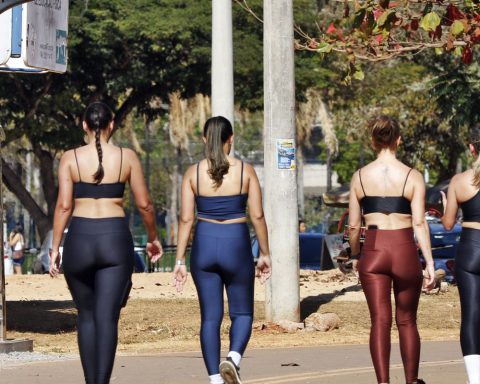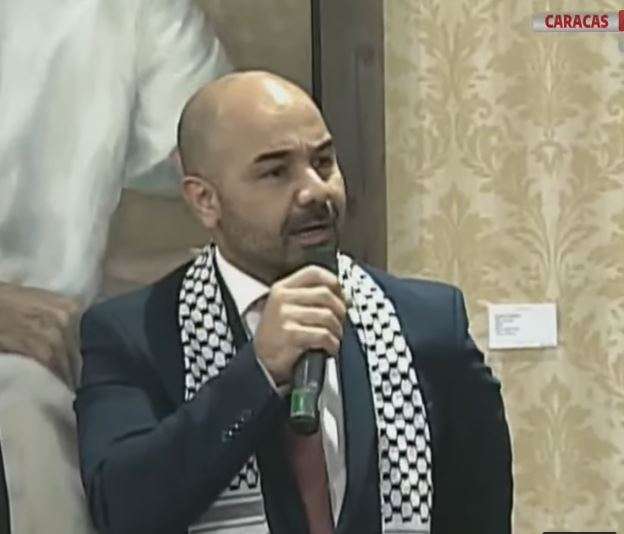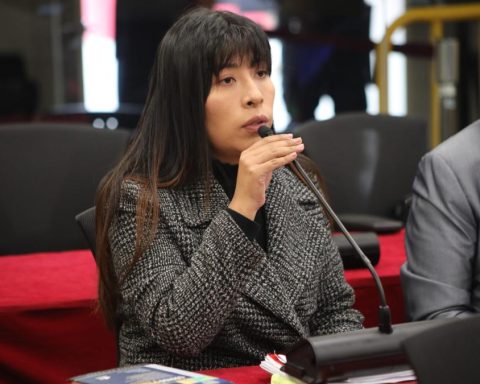The capital of São Paulo will receive, starting this Saturday (5), the 38th Panorama of Brazilian Art: A thousand degreesa biennial exhibition held by the São Paulo Museum of Modern Art (MAM).
This edition will have more than 130 works, 79 of which are new, by 34 artists and collectives from 16 Brazilian states. Due to the renovation of the Ibirapuera Park marquee, this year the exhibition will be shown at the USP Museum of Contemporary Art, with free entry.
The exhibition addresses ecological, historical, sociopolitical, technological and spiritual issues, and uses both advanced technology and organic materials, such as clay. According to the curators, the title A thousand degrees evokes the idea of a limiting heat, in which everything melts, dismantles and transforms, making reference to the climatic and metaphysical conditions of transmutation processes.
The curatorial research was based on five thematic axes: general ecology, original territories, tropical lead, body-equipment and trances and crossings.
In general ecology, ecological notions and expanded environmental practices are highlighted. In original territories, there are narratives and experiences of original peoples, quilombolas and other ways of life outside the standardizing matrix of capital, which reflect alternative views on the country’s current situation.
Chumbo tropical brings critical readings that subvert imaginaries and representations of Brazil and calls into question central aspects of national identity. According to the curators, body-equipment is the line that seeks to highlight experimental interventions and reflections on the continuous corporeal transmutation of beings and things, while trances and crossings address transcendental knowledge, spiritual practices and experiences that channel vital mysteries.
One of the curators of this edition, Germano Dushá, told Brazil Agency that the title A thousand degrees and the idea of a limiting heat, of an absolute hot, is a fiction used as a conceptual key.
“So that we can address limit situations, extreme conditions, dynamic processes linked to radical transformation, transmutation as an immediate and unavoidable destiny, as that thing that has to happen, has to change. When we talk about a maximum temperature, we are talking about heat, fire, and this appears in the exhibition, but it is not just about that”, he said. In addition, the event was curated by Thiago de Paula Souza and Ariana Nuala.
For Dushá, this transmutation can appear in different ways. “It can be in matter, it can be in the social, in the political and also in the intangible, in the spiritual, in the field of the soul. We are much more concerned with energy, it is an energy that we here are calling a thousand degrees, this transformative and transmuting energy”, said Dushá.
The curator highlights that thousand degrees is a very popular expression in urban contexts in Brazil. “Either it can be something great, something incredible, something very good, you say: wow, this is a thousand degrees, this is very good. Or it can be a tense situation, an intense situation: man, let’s do it because it’s a thousand degrees. This Ambiguity interests us a lot.”
Dushá states that the exhibition brings a series of critical points and lines of thought, along these five axes. “The first is related to ecological issues, the second to issues of political identity, political discussions and moments of tension and political density in Brazil. The third is related to original territories, with what we can understand about this place, before the people give it a name, which is conventionally called Brazil. There is also one about corporeal issues, about issues of body transformation, in the time we are living in, and this will also cover hybridism, interspecies issues, post-human, trans-human and finally spiritual issues”, he said.
Artists and works
Among the artists in this edition are Maria Lira Marques – who presents a series with more than ten drawings on stones – and Marlene Almeida, who presents two works: Stroke (2024), an unprecedented installation made with raw cotton cuttings dyed with pigments originating from basalt and volcanic rock, and Ravenous Time II (2012), a reflection on existential questions in the face of the fleeting nature of life.
The Akroá Gamella people, in collaboration with Gê Viana and Thiago Martins de Melo, participate as a collective Rop Cateh – Soul painted in Terra de Encantaria dos Akroá Gamella, displaying a large multimedia panel that expresses the identity and spirituality articulated by the community.
Artist Paulo Nimer Pjota presents an unprecedented work, on five canvases, in which he creates a sea of flames crossed by diffuse rays of sunlight, where animals and fantastic beings mix with legends and still life elements from different cultures.
Also unprecedented, a documentary record of the spiritual center and the works of Dona Romana, spiritual leader of Serra de Natividade, one of the oldest cities in Tocantins, will be displayed on a large scale in the exhibition field.
Gabriel Massan presents a new development of his work Dance of terror (2022-2024), in which he draws a parallel between the escalation of tensions and violence on a global scale and the traumas of the so-called war on drugs in the Rio-São Paulo axis.
These are some of the artists and works that the public will find in this edition of Panorama da Arte Brasileira, which will be on display until January 26, 2025.
The 38th Panorama of Brazilian Art: A Thousand Degrees will be on display on the ground floor and third floor of the Museum of Contemporary Art at the University of São Paulo. The address is Avenida Pedro Álvares Cabral, 1301, and opening hours are from Tuesday to Sunday, from 10am to 9pm.
